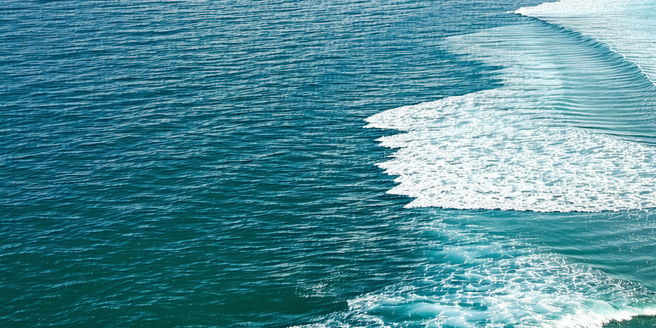
Understanding Ocean Currents: A Primer
Ocean currents are vast streams of water that move across the oceans. These currents are primarily driven by wind patterns and differences in water density, which are affected by temperature and salinity. The movements of these currents play a crucial role in regulating global climate by redistributing heat around the planet. As the wind pushes the water, the Earth’s rotation adds a twofold complexity, causing currents to swirl in huge, circular patterns known as gyres. Understanding these currents is essential because they not only impact the climate but also have profound effects on marine life, nutrient distribution, and human activities such as shipping and fishing. As global temperatures rise, shifts in these currents are inevitable, making it even more vital to grasp their dynamics and potential alterations.
Historical Patterns of Ocean Circulation
Historically, ocean currents have followed relatively stable patterns, dictated by longstanding climatic and geological factors. Observations of these patterns over the centuries have shown a remarkable consistency, both in direction and intensity. The Gulf Stream, for instance, is a powerful Atlantic current that has warmed European climates for millennia. Historical records and sediment analyses indicate that changes in current strength or shifts in their paths have been associated with significant climatic events. These shifts are often triggered by natural phenomena, such as volcanic eruptions or prolonged droughts. By studying past changes, scientists can better predict how modern-day shifts, exacerbated by human-caused climate change, might influence future weather patterns and global environments.
The Role of Global Warming in Shifting Currents
Global warming is significantly impacting the stability of ocean currents. As temperatures rise, polar ice melts and freshwater influxes into the oceans. This decrease in salt concentration lowers the water’s density, weakening some of the major currents such as the Atlantic Meridional Overturning Circulation. A slower current impacts not just local weather patterns but also the global climate system, contributing to extreme weather events. Additionally, the increased surface temperatures alter wind patterns, which also contributes to shifts in ocean currents. The interplay of these factors underscores the urgent need to reduce greenhouse gas emissions. Without intervention, the alteration of these currents could lead to unpredictable changes in climate, affecting agriculture, wildlife, and global demographics.
Impacts of Altered Ocean Currents on Marine Life
Altered ocean currents have profound effects on marine life. As currents shift, so do the habitats of many marine species. Fish populations may find their breeding grounds or feeding areas altered, leading to potential declines in population. Some species may be forced to migrate, seeking more suitable conditions, which can disrupt existing ecosystems and lead to overcompetition for resources. Phytoplankton, the foundation of the marine food chain, may also be affected by changes in nutrient distribution caused by shifting currents, impacting the entire oceanic food web. Furthermore, changes in water temperature and salinity affect species’ survival rates and reproductive success, compounding the challenges marine organisms face. Protecting marine life under these changing conditions requires international cooperation and stronger conservation efforts.
Consequences for Coastal Ecosystems and Communities
The alteration of ocean currents has significant implications for coastal ecosystems and communities. Changes in current patterns can lead to rising sea levels, which increase the risk of coastal flooding and erosion, threatening homes and infrastructure. Additionally, shifts in shore current systems can lead to the loss of vital habitats like mangroves and coral reefs, which serve as protective barriers and support biodiversity. Coastal communities that depend on fishing and tourism face economic uncertainty as fish stocks and attractive natural features change unpredictably. Moreover, altered currents can affect local climates, influencing agriculture and food security. As these changes occur, community adaptation and the implementation of sustainable coastal management practices become essential to mitigate the adverse impacts.
Future Predictions and Adaptive Strategies
Future predictions indicate that continued global warming will further alter ocean currents, leading to widespread environmental changes. Scientists are developing advanced models to predict these changes, which include alterations in weather patterns, sea level rise, and impacts on global marine biodiversity. As the science evolves, adaptive strategies are crucial to withstand these impending shifts. This includes investing in renewable energy to reduce carbon emissions and implementing robust climate policies. Building resilient infrastructure in vulnerable coastal areas and enhancing marine conservation efforts are also vital. Strategies such as sustainable fisheries management and habitat restoration are being explored to help communities adapt. As we look to the future, an integrated approach combining scientific research, policy action, and community engagement will be key to maintaining ecological balance and human livelihoods.
